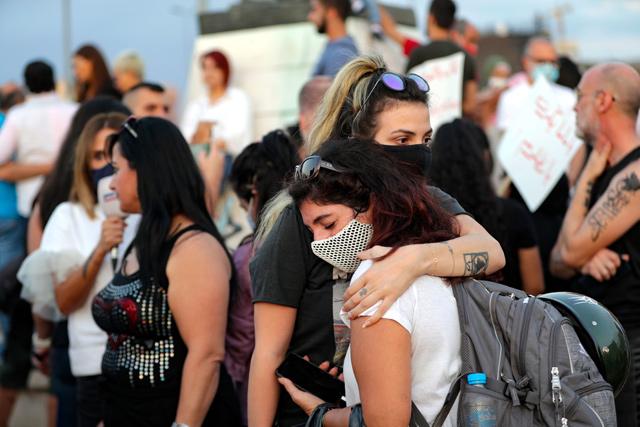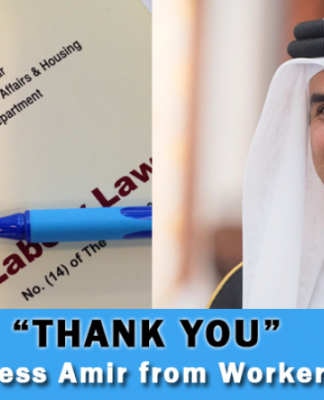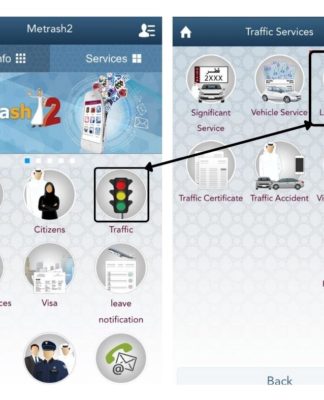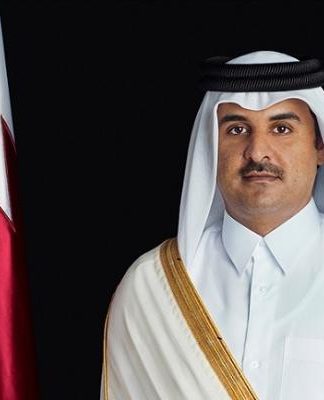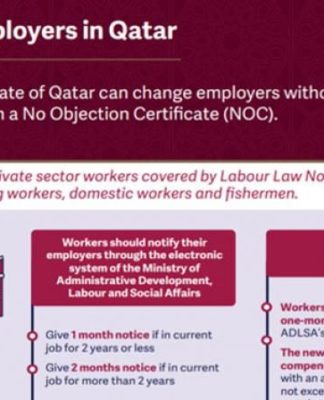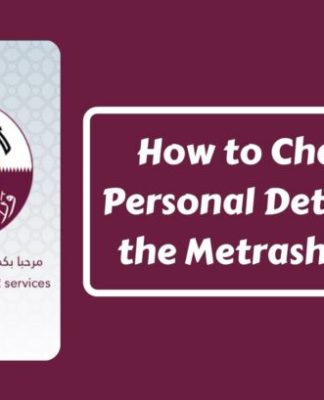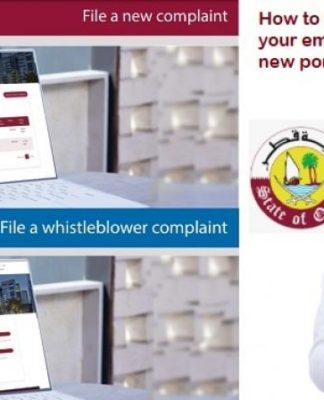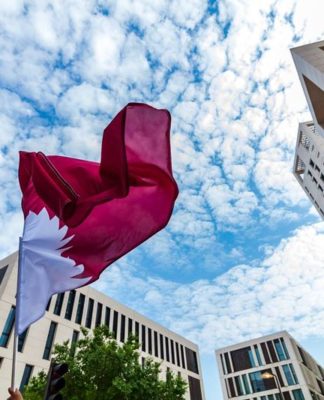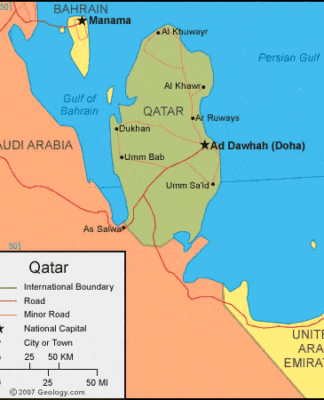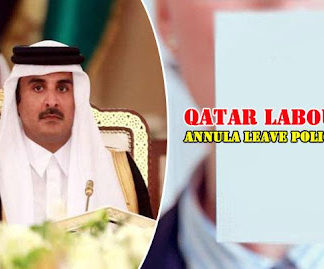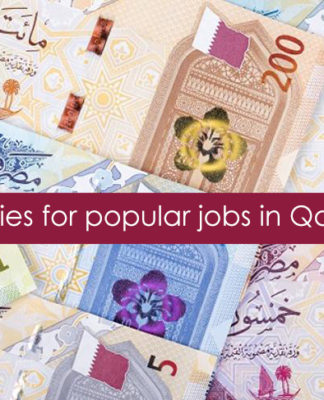Two months after Beirut blast, families accuse govt of ‘killing the dead a second time’
Issued on:

Two months after a blast in Beirut killed at least 200 people, relatives of the victims gathered on Sunday near what remains of the port to remember the dead and press the Lebanese government to deliver on its promises to investigate the causes of the explosions
A long traffic jam formed in front of the Beirut port on October 4 as dozens of protesters blocked the coastal highway to mark the two-month anniversary of the deadly summer blast.
Cutting off roads is a traditional form of protest in Lebanon; it usually triggers heated arguments and road rage. But upon seeing the pictures on the placards held up by protesters – men, women and children from all Lebanese sects –drivers paused for a moment and were silent, realising that the group in the middle of the road were relatives of the 200 people killed in the August 4 explosion.
Sitting on the ground with a picture of her deceased husband, Samia Eido Dohan wept silently behind her sunglasses. The young widow was furious at Lebanon’s leaders for the years of neglect and corruption that led up to the Beirut port blast.

“They deprived me of my husband. They deprived my twin 9-year-old daughters of their father. Every day they ask for their dad, they dream of seeing him again (…) Since he was killed, we feel like we are living in a tomb”, Samia Eido Dohan told FRANCE 24.
Grief among the victims’ relatives is deepened by the unanswered questions about the explosion. Who allowed the 2,750 tonnes of ammonium nitrate into the country? Who arranged the storage of the dangerous material in such an unsafe warehouse? What triggered the fire that led to the explosion and what exactly happened at the Beirut port on August 4? As the official investigation shows no sign of progress, grief is increasingly giving way to anger.

“We are ready to escalate! There are 200 families who lost someone, and 6,500 families who have had someone injured. If all these people decide to block a road where they live, we can paralyse the country”, said Brahim Hotai, who lost a brother in the blast.
Hotai, 48, called his demands out through a loudspeaker: a proper investigation and financial compensation of the victims’ families.
Burying the investigation would amount to “killing the dead a second time”, Hotai said.
The blockade lasted only a few minutes before the group decided to move back to the sidewalk. It was meant only as a warning. “Our mobilisation will gradually increase if the government doesn’t meet our demands”, Hotai said as others moved in to briefly block the same road.
This time, it was a group of lycra-clad cycling enthousiasts led by Lance Armstrong, the former US champion.
Armstrong rode across the Lebanese capital on October 4 as part of a “Bike for Beirut” initiative aimed at raising funds for four local NGOs involved in the city’s reconstruction. His arrival near the port attracted another cluster of reporters on the road.

As the hour approached 18:07 – the exact time of the August 4 blast – the group of protesters joined about 200 others who had gathered around the bronze statue of the Lebanese immigrant in front of the port. Most were family members of blast victims. They held white balloons bearing the names of their deceased relatives.
Daily newsletterReceive essential international news every morning
There were also a few green balloons with no names to honour the people who disappeared in the explosion and whose remains have not been found.
“Anger made me come today. I didn’t come here last month. It’s actually the first time I join a rally commemorating the explosion”, Melvine Kassab told FRANCE 24. Her mother was hit by debris that day as she visited her sick grandmother in hospital. The bedridden grandmother is still alive, but her mother didn’t survive.

As she wrote her mother’s name with a black marker on a balloon, the young woman described how she and her family had to move out of their house after it was damaged by the explosion.
Her father’s shop was also destroyed by the blast, threatening the family’s income. But despite the economic disaster, Kassab insisted that most important to her was that a true investigation be held and the culprits punished.
“I don’t want to block roads. We’ve tried it before and we saw that it’s useless,” she said. “We want this governement to go but we’ve lost hope.”














